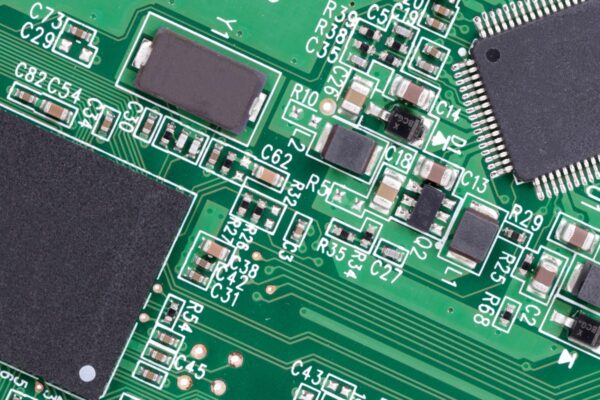What is Conductor Layer
A conductor layer is a layer of conducting material that is applied to a PCB. Typically, this conducting material is copper foil. The conductor layer provides a pathway for electrical current to flow and to facilitate the transmission of electrical signals between different components on the PCB.
The number and thickness of conductor layers in a PCB can vary depending on the specific requirements of the circuit. For example, a single-sided PCB has only one conductor layer, while a double-sided PCB has conductive copper layers on both sides of the board. PCBs with more complex designs may have multiple layers of conductive material, known as multi-layer PCBs.
The addition of conductor layers in a PCB design allows for more efficient routing of traces by utilizing vias, which are holes drilled into the board that connect the different layers. This enables the flow of current and the transfer of signals between the conductor layers.
The thickness of the conductor layer is determined by the power requirements of the circuit. PCBs that need to handle higher power levels may have thicker conductor layers to ensure proper current carrying capacity and heat dissipation.





